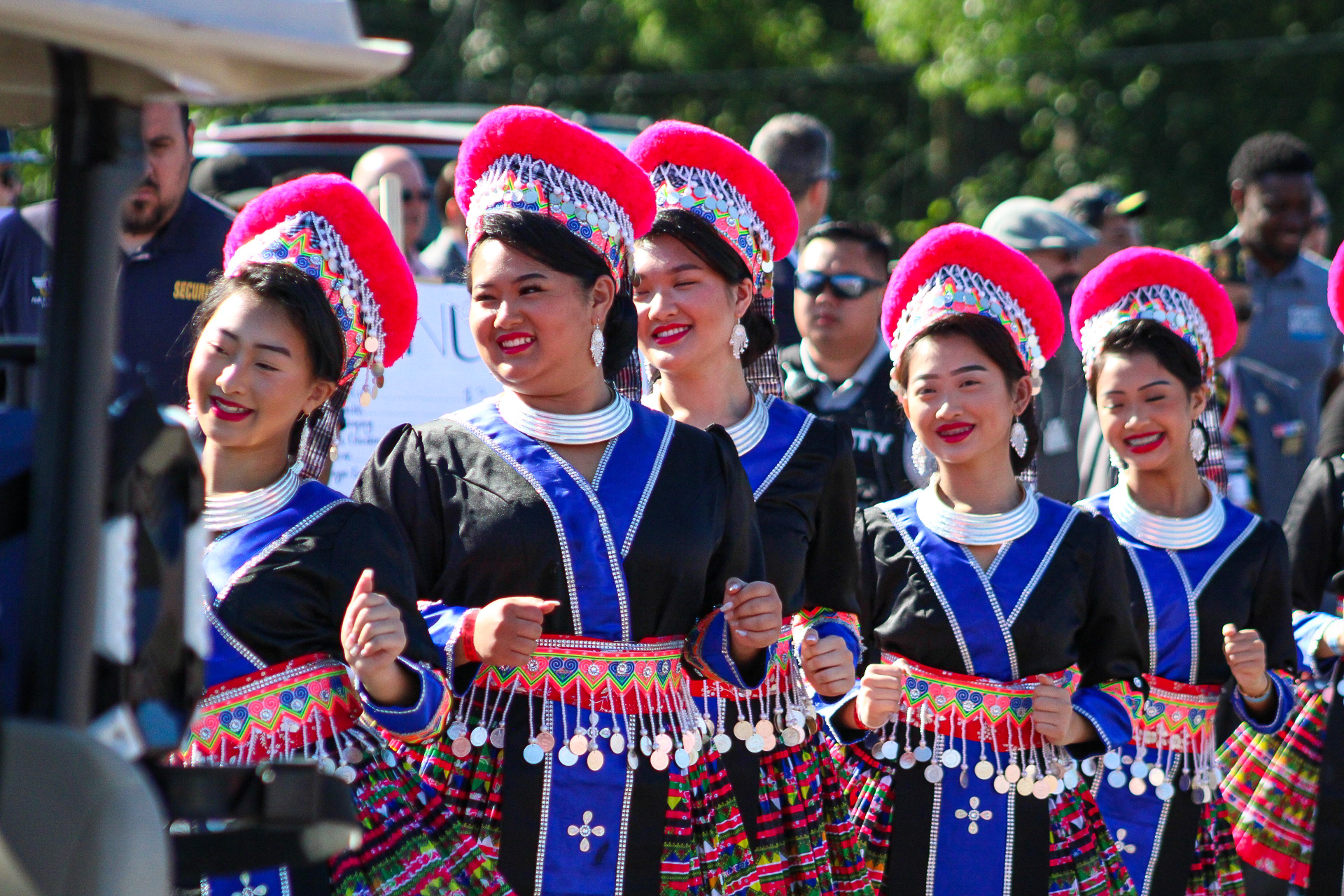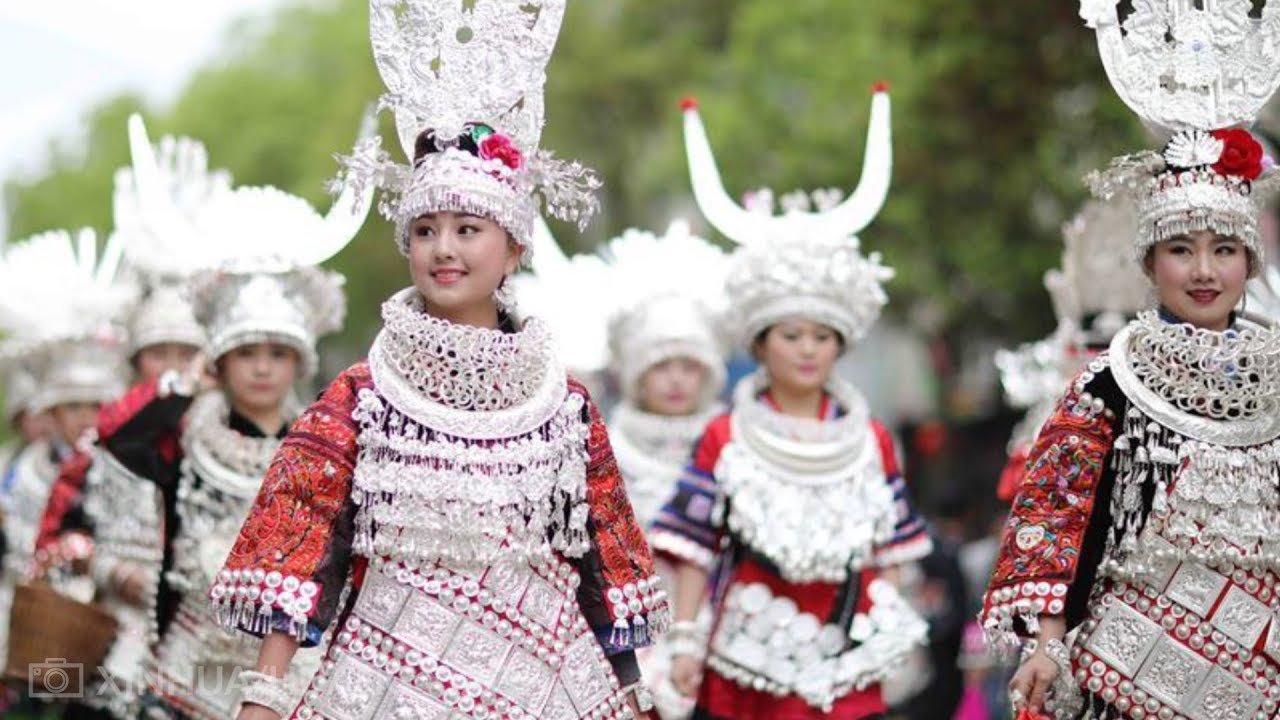Introduction
Nestled amidst the vibrant tapestry of global cultures, the Hmong people, an ethnic group from the mountainous regions of China, Vietnam, Laos, and Thailand, paint a striking picture with their rich cultural traditions. One of the most enthralling aspects of their culture is their folk songs, which transcend mere entertainment and serve as a vivid chronicle of their history, beliefs, and social practices. This article endeavors to delve into the profound cultural value embedded in Hmong ethnic folk songs.
The Hmong People and Their Cultural Tapestry
The Hmong community, despite being spread across various nations, has managed to retain its unique cultural identity, largely through the preservation and transmission of its traditional practices and folk arts. Their folk songs, often permeated with poignant narratives and intricate melodies, serve as a lens through which we can explore and understand the nuances of their rich cultural tapestry.
Role of Folk Songs in the Hmong Community
Hmong folk songs play a multifaceted role, extending beyond mere melodious expressions to become vital communicative and preservative tools for their culture, traditions, and wisdom. Here’s a closer look at the intrinsic roles:
- Cultural Preservation: Folk songs serve as repositories of history and tradition, safeguarding and transmitting stories, beliefs, and collective wisdom across generations.
- Social Connector: The Hmong utilize folk songs to bind communities together, facilitating social interaction, and collective expression during festivals, celebrations, and other gatherings.
- Expressive Medium: Personal emotions, stories of love, loss, joy, and sorrow find voice through these songs, providing individuals with an expressive outlet.
- Educational Tool: They are instrumental in educating the younger generation about their ancestry, moral values, social norms, and the collective knowledge of the community.
Subtle Narratives and Symbolism
The lyrics and melodies of Hmong folk songs are often deeply interwoven with subtle narratives and symbolism.
- Nature and Life: Many songs depict the beauty of the natural landscapes in which the Hmong reside, also symbolizing life’s journey through metaphors derived from the physical environment.
- Love and Relationships: Quite prominently, themes of love, longing, and relationships resonate in their music, often depicting the various facets of romantic engagements and marital practices within the culture.
- War and Struggles: Some folk songs narrate tales of wars, migrations, and struggles, embodying the resilience and collective memory of the hardships endured by the community.
- Spiritual Beliefs: Intricately bound to their spiritual beliefs, songs also elucidate their worldview, shedding light on their perceptions of life, death, and the divine.
Techniques and Musical Elements
Hmong folk music employs a range of vocal and instrumental techniques which are distinct and culturally specific.
- Qeej (Khaen): This traditional wind instrument, often used in Hmong music, is notable for its poignant and resonant sound, playing a crucial role in both celebrations and funeral ceremonies.
- Vocal Styles: Their vocal music, notably characterized by melismatic singing and falsetto, creates a unique, lilting melody that distinguishes Hmong songs.
- Oral Transmission: Most of the musical knowledge is passed down orally, emphasizing the importance of memory and oral traditions within the culture.
Conclusion
Hmong folk songs, with their rich melodies, evocative narratives, and profound cultural symbolism, stand as monumental pillars supporting the vast edifice of Hmong culture and identity. As we navigate through the notes and lyrics, we are, in essence, journeying through the annals of their history, connecting with their emotions, and gaining insight into their vibrant world. In the era of globalization, the preservation and appreciation of such traditional cultural expressions are paramount to maintaining the diverse and colorful mosaic of global cultures. Understanding and valuing the cultural wealth embedded in Hmong folk songs is a step towards celebrating and preserving the incredible diversity that enriches our global community.
As we approach these melodic tales, it is with respect and curiosity that we learn not just about a culture, but also about the universality of human expression through music, acknowledging the intertwining threads that, in various forms, weave through all human societies, creating a myriad of cultural tapestries.
#3Hmoob #Hmong #Hmoob



